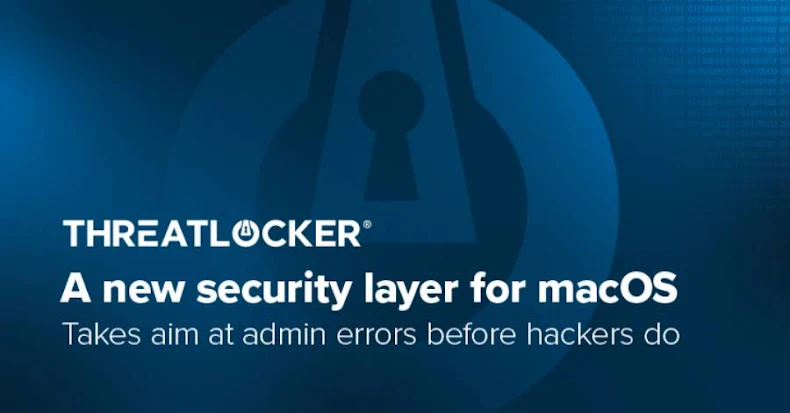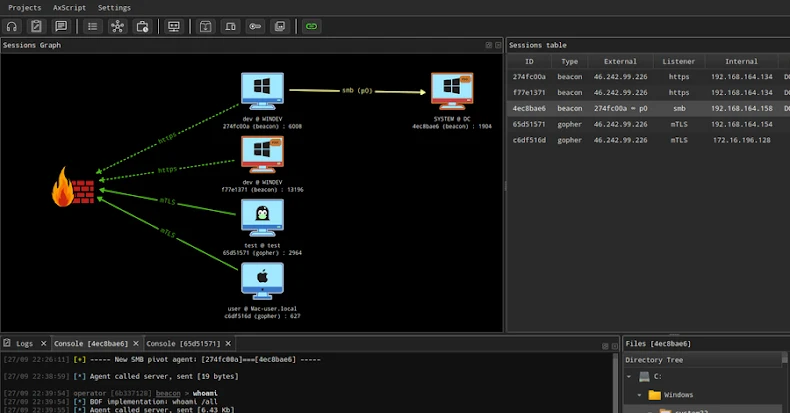MSPs are facing rising client expectations for strong cybersecurity and compliance outcomes, while threats grow more complex and regulatory demands evolve. Meanwhile, clients are increasingly seeking comprehensive protection without taking on the burden of managing security themselves.
This shift represents a major growth opportunity. By delivering advanced cybersecurity and compliance services, MSPs can build deeper relationships, generate higher-value recurring revenue streams, and stand out in a competitive market.
However, the move from basic IT and security services to strategic cybersecurity offerings requires more than technical expertise. It demands a clear service strategy, the right internal resources, and the ability to communicate security value in business terms. Without this foundation, MSPs risk inconsistent service delivery, missed opportunities, and stalled growth.
We created the guide Turn Security Into Growth: Is Your MSP Ready to Expand? to help providers pinpoint their current capabilities. It includes a structured checklist for evaluating both strategic mindset and operational readiness.
Mindset Readiness: From Technical Support to Business Value
Traditional IT services keep systems operational. Cybersecurity ensures those systems remain protected, resilient, and able to support uninterrupted business operations. This requires a security-first mindset that extends beyond technical execution to address risk management, compliance, and resilience as integral components of the client’s overall business strategy.
Two mindset shifts are essential:
- From Checkbox Compliance to Continuous Risk Management
- Compliance is often treated as the finish line, the moment a business can pass audits and meet regulatory obligations. For MSPs aiming to deliver advanced cybersecurity and compliance services, it can be helpful to view compliance as the starting point instead. Regulations establish a baseline; Unfortunately, the reality is that threats often evolve faster than standards change. Viewing compliance as one part of an ongoing risk management process enables MSPs to uncover broader business risks, address them proactively, and help clients build resilience.
- From Technical Delivery to Strategic Outcomes
- Technical execution, such as deploying tools, configuring firewalls, and patching systems, is only part of the bigger picture. The greatest impact comes when these activities are connected to what matters most to the business: protecting revenue streams, maintaining operational continuity, safeguarding reputation, and supporting long-term growth. Framing security conversations in terms of business impact rather than technical detail can help clients better understand the value of your services. When security is positioned in this way, MSPs are often seen less as vendors and more as strategic partners contributing to resilience and shared success.
Assessing Mindset Readiness: Are You Positioned for Strategic Security?
A security-first mindset involves engaging clients in meaningful conversations, framing services in a way that aligns with their goals, and making clear connections between security initiatives and business value. Consider:
- Do you have a strong understanding of your clients’ most critical business processes and the systems that support them?
- Can you estimate the potential business impact if a critical system is unavailable for a day, a week, or longer?
- Is your team able to explain security risks and benefits without relying on technical jargon?
- Do your reports and discussions consistently link security to uptime, revenue protection, and overall resilience?
If several of these questions are difficult to answer confidently, it may signal an opportunity to deepen business understanding and strengthen the way security value is communicated.
Operational Readiness: Can You Scale?
The guide Turn Security Into Growth: Is Your MSP Ready to Expand? doesn’t just break preparedness into categories, it provides a detailed checklist to help assess your readiness in each area. This structured approach ensures you can pinpoint strengths, identify gaps, and create a clear plan for scaling security services effectively.
Key categories include:
- Service Definition: Map offerings to client needs and compliance frameworks to create packaged tiers with clear value.
- Staffing & Expertise: Define and fill critical roles, whether in-house or outsourced, to cover compliance, incident response, and cybersecurity analysis.
- Tool Alignment & Management: Ensure tools match the service scope and are actively managed by trained personnel.
- Financial Planning: Budget for tools, training, and liability coverage to support sustainable growth.
- Process Documentation: Standardize incident response, compliance workflows, and data handling procedures.
- Sales Capability: Equip sales teams to communicate business outcomes, not just technical features.
- Strategic Client Engagement: Be able to lead roadmap discussions that connect security to business goals.
Assessing Operational Readiness: Are You Positioned for Strategic Security?
If you can confidently check most of these boxes, your MSP is in a strong position to scale security services profitably. If not, this is your opportunity to strengthen operational foundations before committing to expansion.
From Readiness to Revenue
An MSP with a strong foundation in both mindset and operational capability can scale security services confidently, deliver measurable value, and unlock new revenue streams.
Whether you’re laying the groundwork or ready to refine your approach, our guide Turn Security Into Growth: Is Your MSP Ready to Expand? offers a clear framework for assessing strengths, closing capability gaps, and building a profitable expansion into advanced security and compliance services. It walks you through both mindset and operational readiness, helping you identify where you can scale confidently, deliver measurable value, and unlock new revenue opportunities while avoiding the pitfalls of reactive service and competitive disadvantage.
Source: thehackernews.com…
























